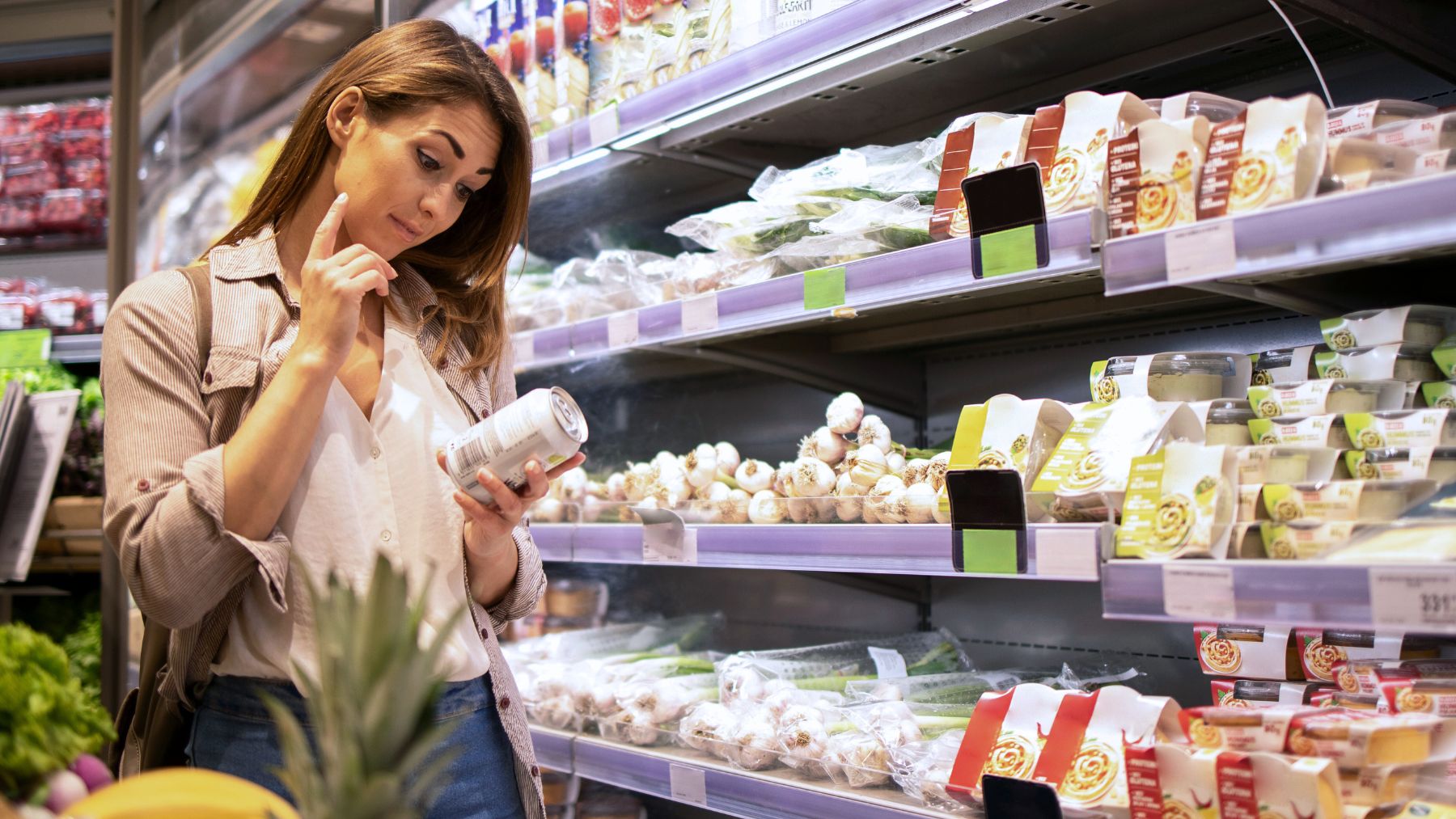Walk through any grocery store in the US, and you’ll find synthetic dyes in places you might not expect. You’ll spot them in breakfast cereals, fruit drinks, baked snacks, and frozen meals, especially those aimed at kids.
A study analyzed almost 40,000 food products from 25 of the largest food companies in the country. The findings are eye-opening: 1 in 5 packaged foods contains synthetic coloring agents. The study was led by researchers from The George Institute for Global Health, the University of North Carolina, and the Center for Science in the Public Interest.
In this article, we’ll break down the key data and offer tips for parents who want to steer clear of synthetic dyes.
What the data shows about synthetic dyes in food
The study focused on five categories often marketed to children: candy, sugary drinks, frozen meals, breakfast cereals, and baked goods. In those groups, 28% of products contained synthetic dyes. In contrast, only 11% of products outside those categories used them.
The presence of dyes also tracked closely with sugar. On average, these items had more than double the added sugar found in dye-free options. Specifically, they packed about 33 grams of sugar per 100 grams, while similar products without dyes averaged closer to 14 grams. According to researchers, companies are using synthetic colors to make high-sugar foods more appealing.
Some brands stood out. Ferrero and Mars topped the list in the candy category, with over half of their products containing artificial dyes. In the beverage space, 79% of sports drinks and more than half of energy drinks from major companies like PepsiCo contained them too.
Researchers also raised concerns about slow progress in removing these additives. While the FDA has called on companies to phase them out voluntarily, many brands haven’t followed through on past commitments. In the EU, products with synthetic dyes require warning labels, a step the US has yet to take.
How parents can reduce exposure to synthetic dyes in foods
It’s not a realistic goal to avoid every artificial additive, but there are simple ways to limit your child’s exposure. It starts with checking labels and knowing what to watch for. Here are a few tips that can help:
- Read the ingredients list. Look for names like Red 40, Yellow 5, and Blue 1. If you see them, try to skip the product.
- Watch for added sugar. Synthetic dyes often go hand-in-hand with high sugar content. Aim for options with lower sugar overall.
- Choose dye-free versions. Many companies now offer dye-free alternatives, especially in cereals and snacks. Pick those if available.
- Prioritize whole foods. Fresh fruits, vegetables, and minimally processed snacks are less likely to contain synthetic dyes and will also be generally healthier for the whole family.
- Educate kids. Help them understand why some colorful foods might not be the best option. Let them help pick out dye-free snacks.
You don’t have to change your entire grocery store list overnight. Start with a few choices this week and slowly replace the less nourishing options. The colors on the package may be eye-catching, but what’s inside might not be worth it, especially when there are safer, equally tasty alternatives on the shelf.

